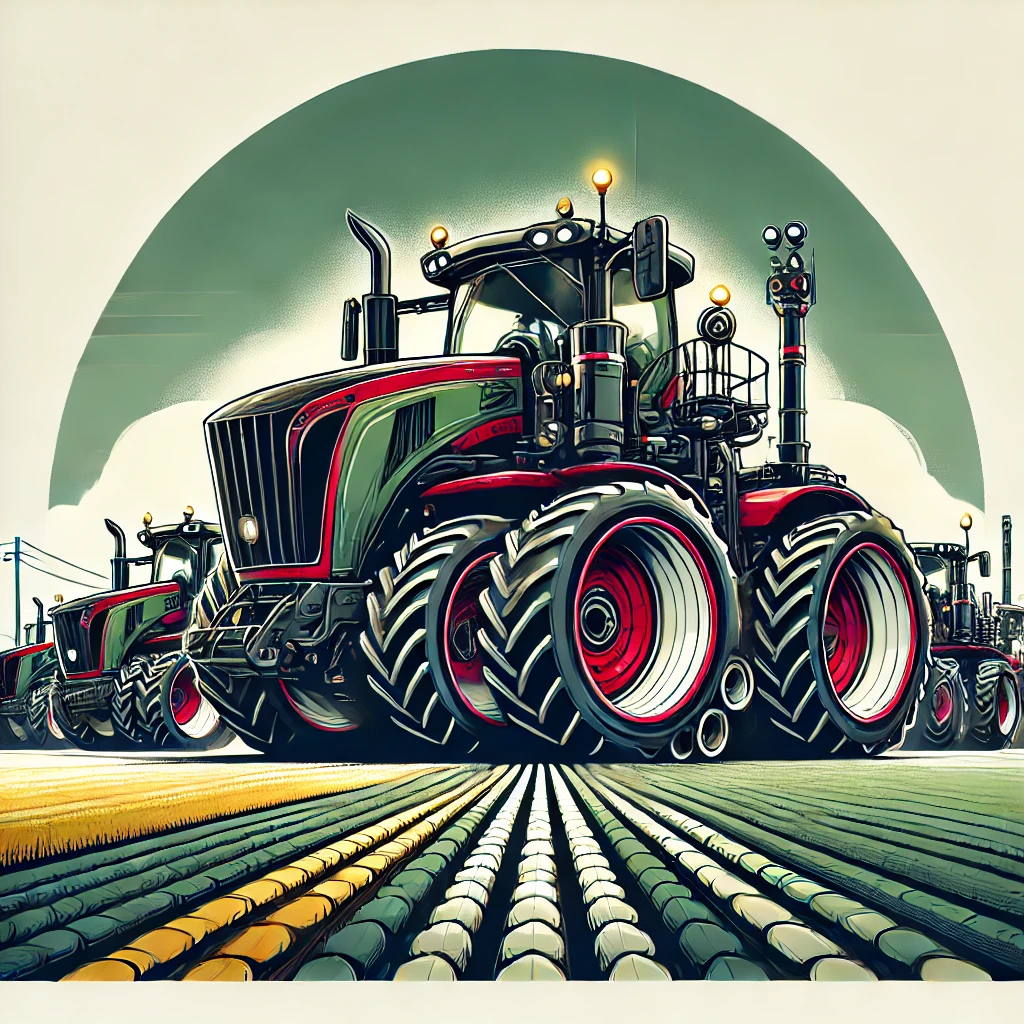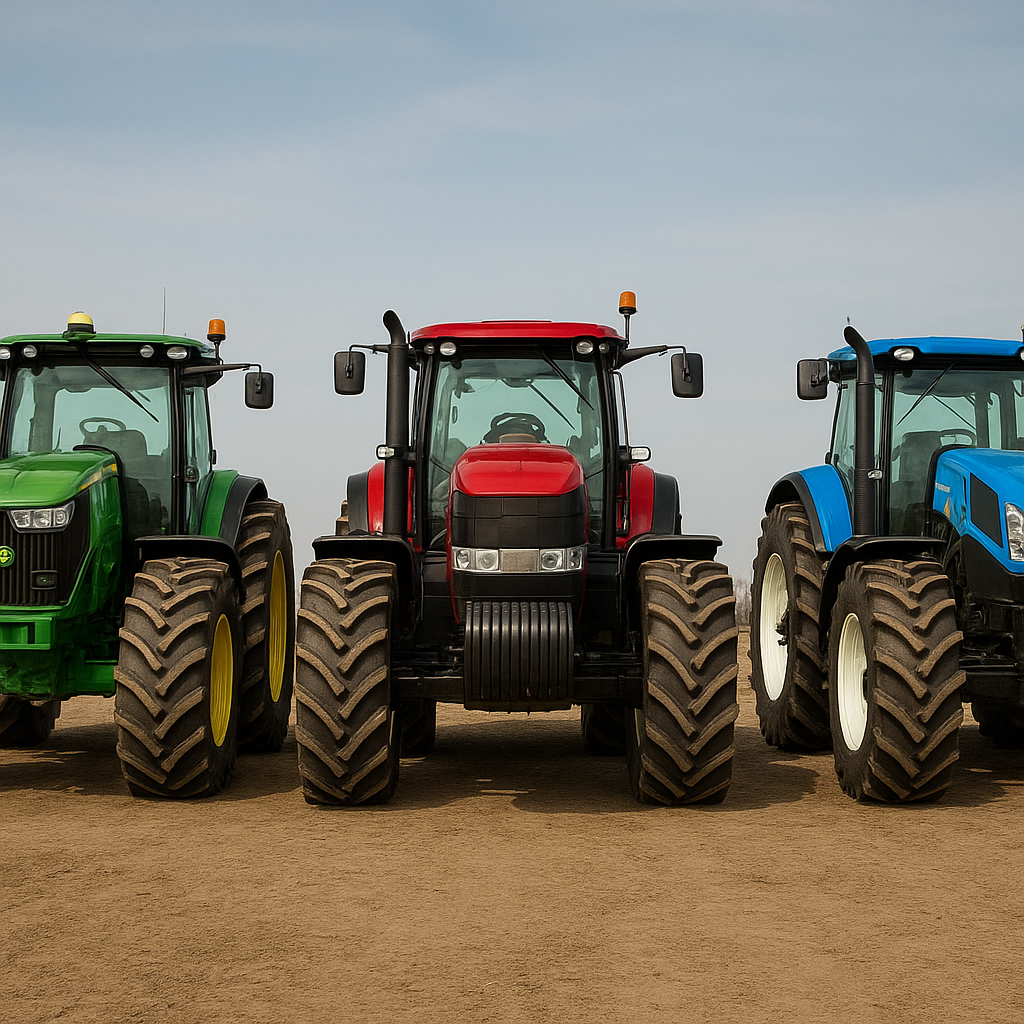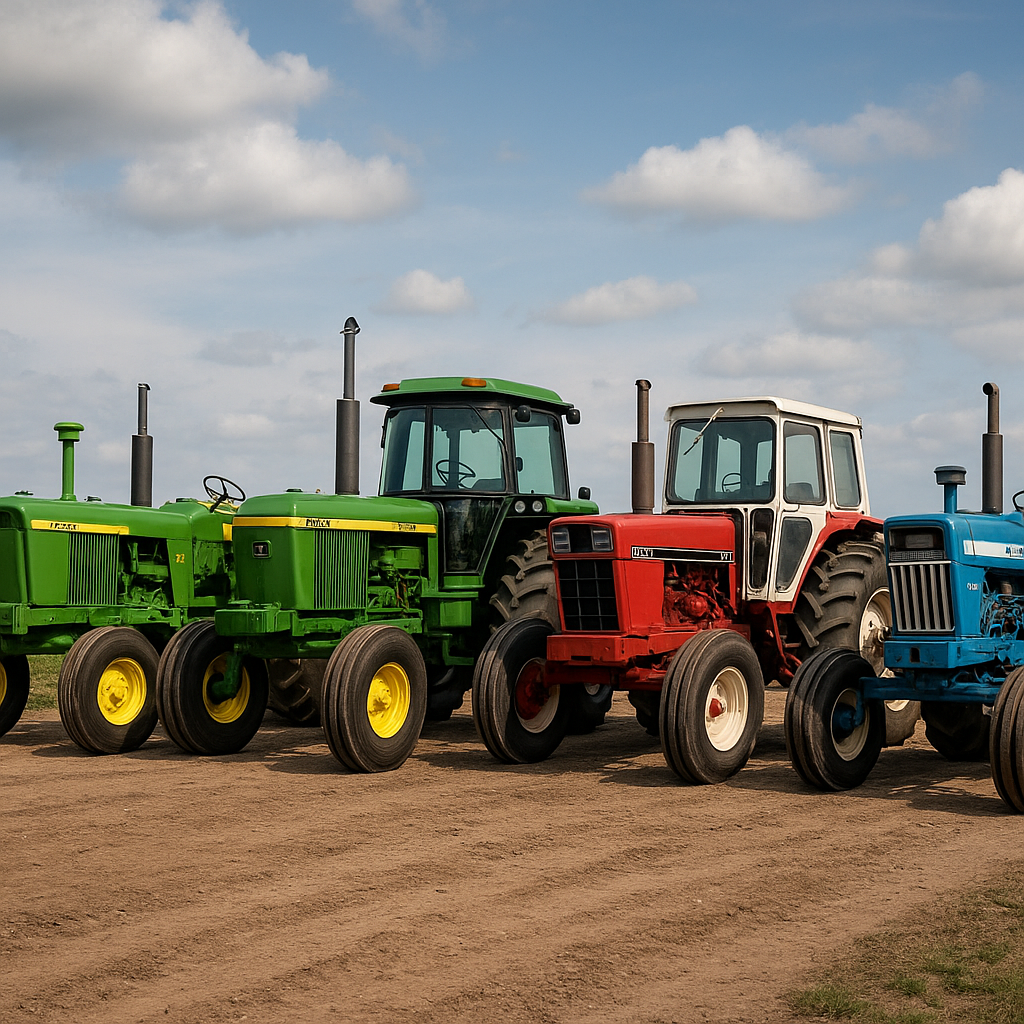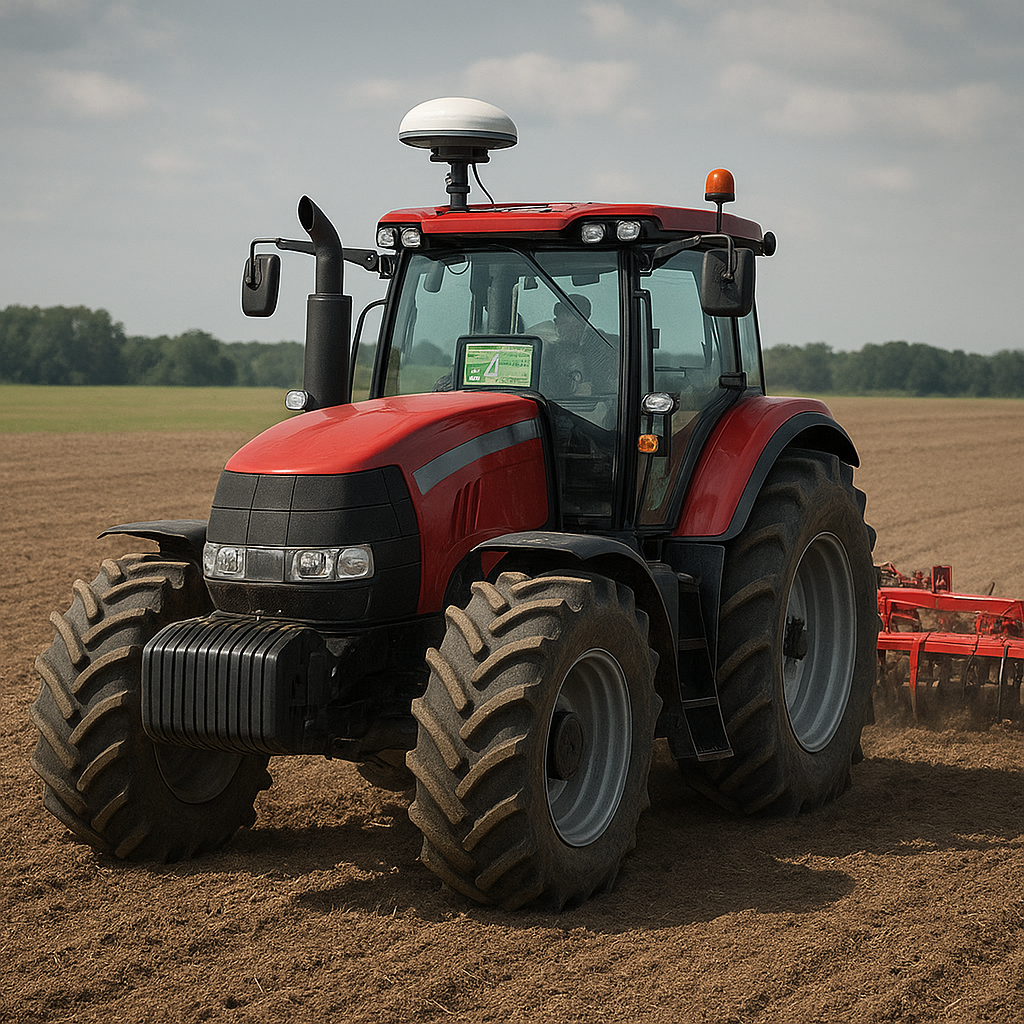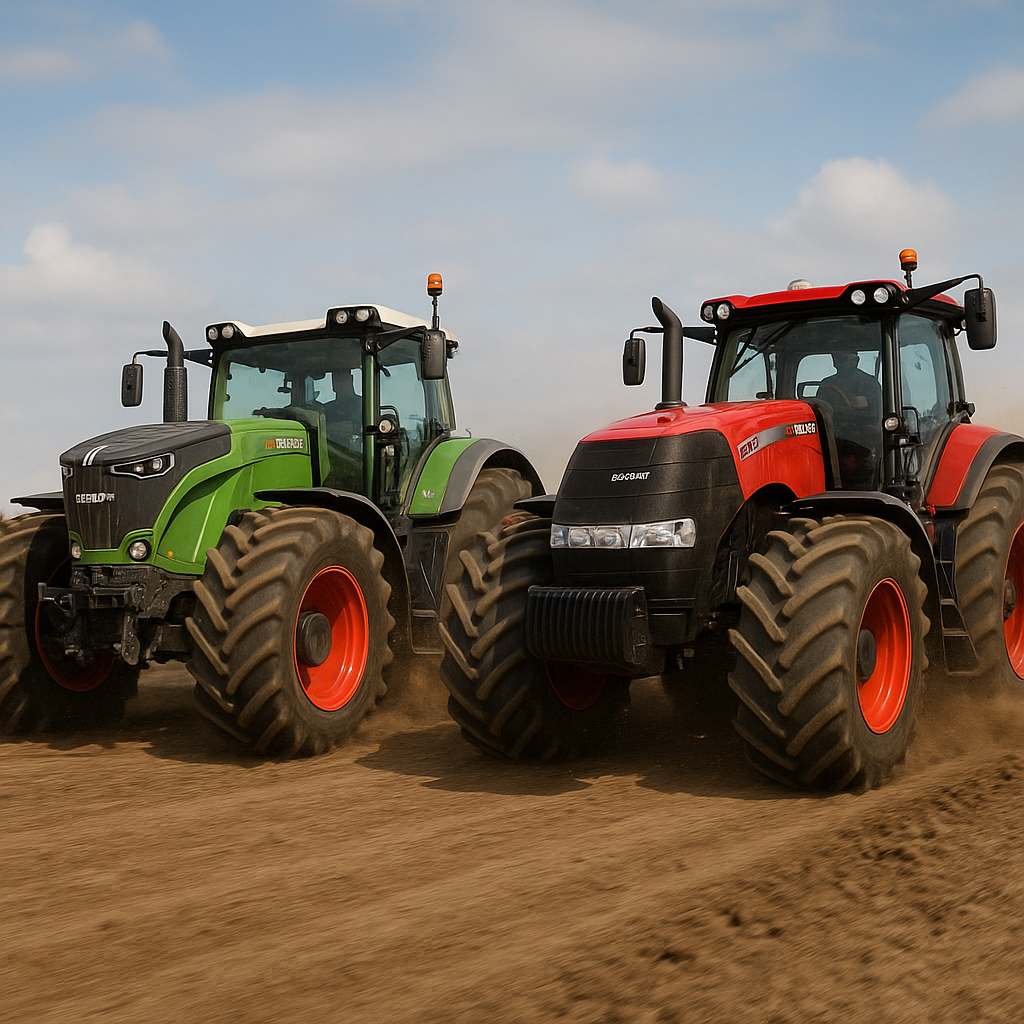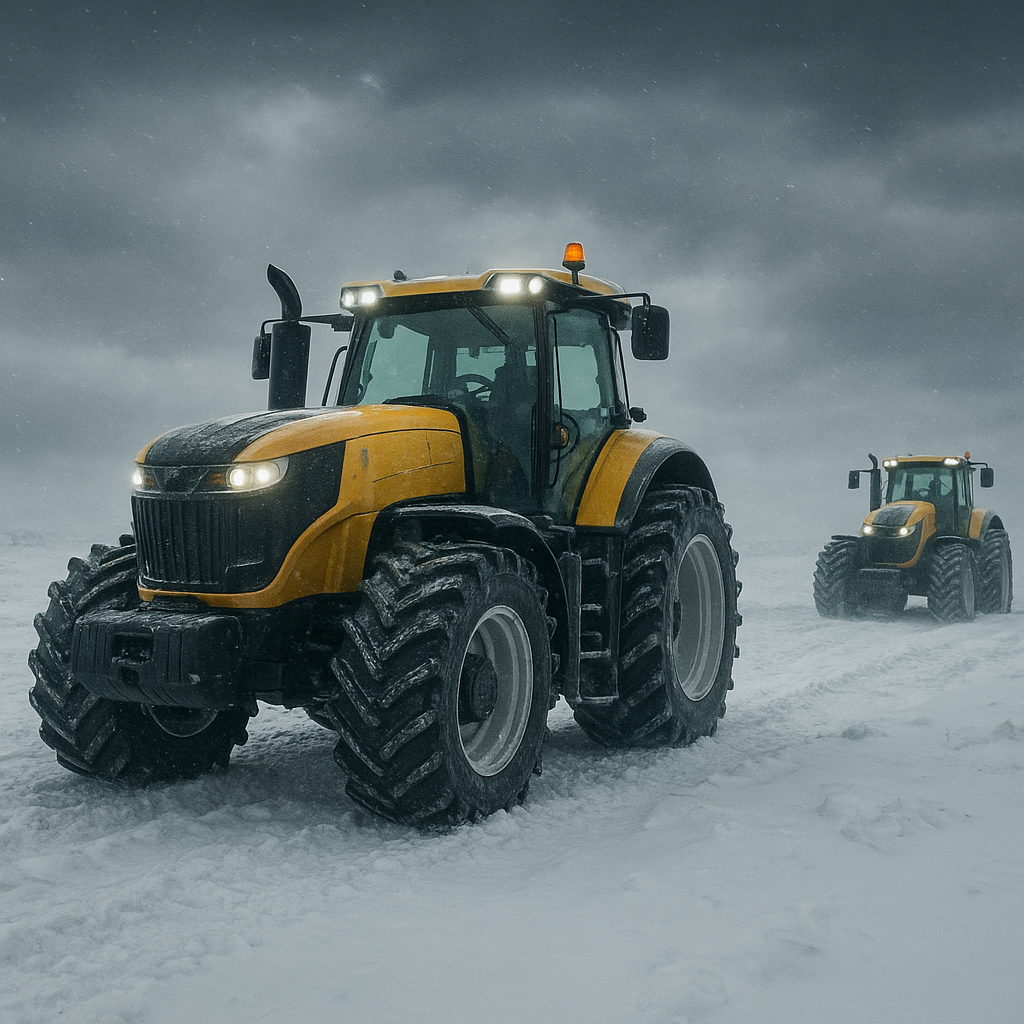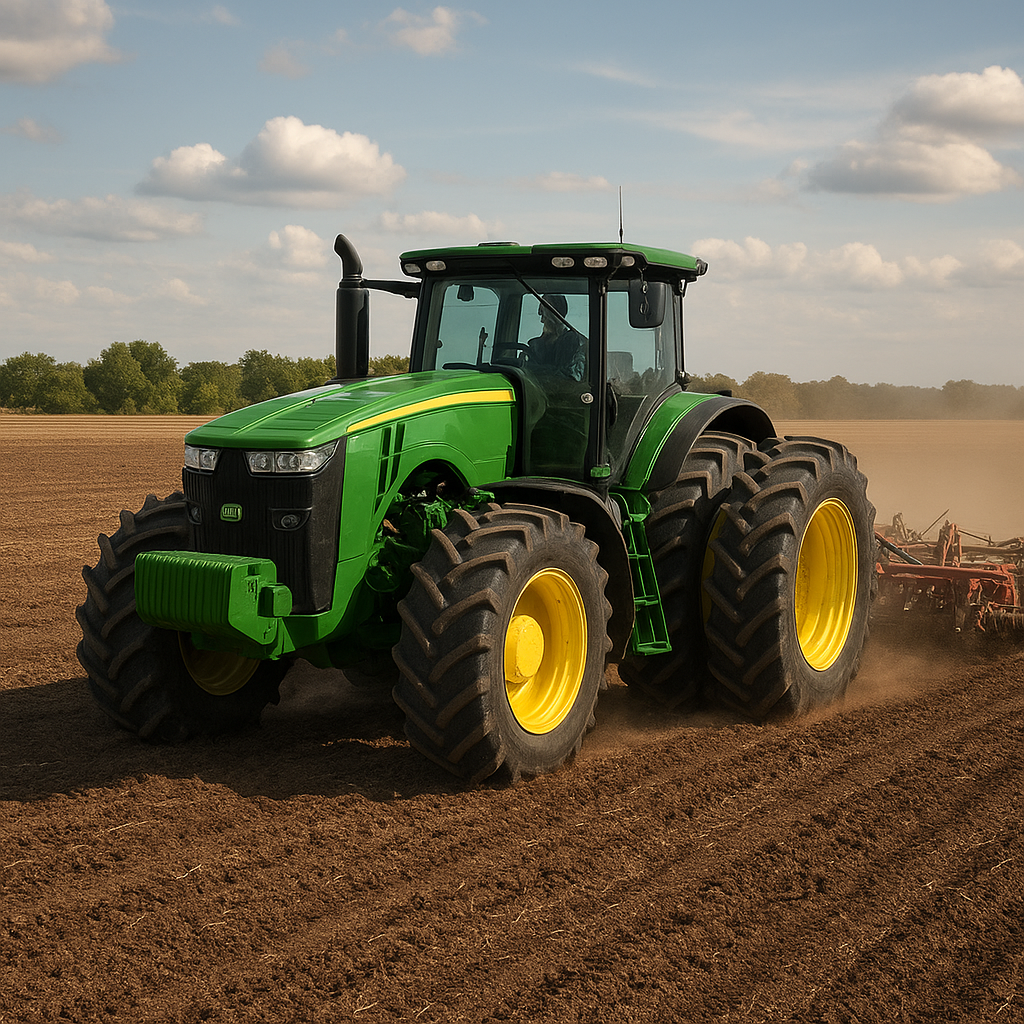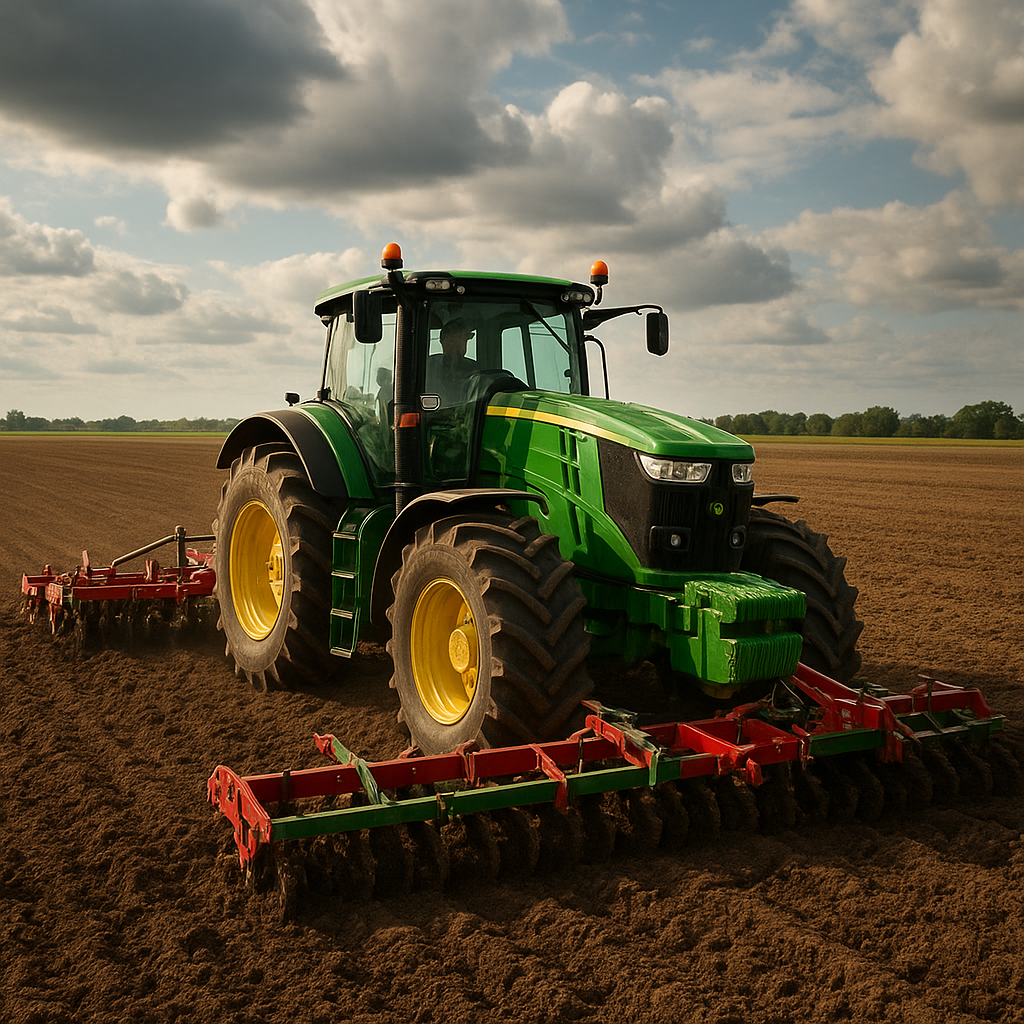High-horsepower tractors, often referred to as the giants of modern agriculture, have revolutionized the way farming is conducted. These colossal machines are designed to handle the most demanding agricultural tasks, from plowing vast fields to hauling heavy loads. In this article, we will explore the evolution, features, and impact of these powerful tractors on contemporary farming practices.
The Evolution of High-Horsepower Tractors
The journey of high-horsepower tractors began in the early 20th century when the need for more efficient farming equipment became apparent. Initially, tractors were relatively small and powered by steam engines. However, as technology advanced, so did the capabilities of these machines. The introduction of internal combustion engines marked a significant turning point, allowing tractors to become more powerful and versatile.
By the mid-20th century, manufacturers started focusing on increasing the horsepower of tractors to meet the growing demands of large-scale farming. Companies like John Deere, Case IH, and New Holland began producing tractors with engines capable of delivering over 100 horsepower. This shift enabled farmers to cover more ground in less time, significantly boosting productivity.
In recent decades, the development of high-horsepower tractors has accelerated, with some models now boasting engines that produce over 600 horsepower. These modern giants are equipped with advanced technologies such as GPS navigation, automated steering, and real-time data monitoring, making them indispensable tools for precision agriculture.
Key Features of Modern High-Horsepower Tractors
Modern high-horsepower tractors are characterized by a range of features that enhance their performance and efficiency. Here are some of the key attributes that set these machines apart:
Powerful Engines
At the heart of every high-horsepower tractor is a robust engine designed to deliver exceptional power and torque. These engines are typically turbocharged and intercooled, ensuring optimal performance even under the most challenging conditions. The increased horsepower allows these tractors to handle heavy implements and perform tasks such as deep plowing, large-scale planting, and heavy-duty hauling with ease.
Advanced Transmission Systems
To harness the immense power of their engines, high-horsepower tractors are equipped with sophisticated transmission systems. These systems often include continuously variable transmissions (CVTs) or powershift transmissions, which provide seamless power delivery and precise control. This ensures that the tractor can operate efficiently at various speeds and under different load conditions.
Enhanced Comfort and Ergonomics
Given the long hours that operators spend in the field, modern high-horsepower tractors are designed with comfort and ergonomics in mind. Spacious cabs with air conditioning, adjustable seats, and intuitive control layouts help reduce operator fatigue and improve productivity. Additionally, many tractors feature advanced suspension systems that provide a smoother ride, even on rough terrain.
Precision Agriculture Technologies
One of the most significant advancements in high-horsepower tractors is the integration of precision agriculture technologies. These include GPS-guided steering systems, automated implement control, and real-time data collection and analysis. By leveraging these technologies, farmers can optimize field operations, reduce input costs, and increase crop yields. For example, GPS-guided steering ensures that planting and fertilizing are done with pinpoint accuracy, minimizing overlap and waste.
The Impact of High-Horsepower Tractors on Modern Agriculture
The advent of high-horsepower tractors has had a profound impact on modern agriculture, transforming the way farming is conducted and contributing to increased efficiency and productivity. Here are some of the key ways in which these machines have influenced contemporary farming practices:
Increased Efficiency and Productivity
High-horsepower tractors enable farmers to complete tasks more quickly and efficiently, allowing them to cover larger areas in less time. This increased efficiency is particularly beneficial during critical periods such as planting and harvesting, where timely operations are essential for maximizing crop yields. By reducing the time and labor required for fieldwork, these tractors help farmers manage larger farms and increase overall productivity.
Enhanced Precision and Resource Management
The integration of precision agriculture technologies in high-horsepower tractors has revolutionized resource management on farms. By using GPS-guided systems and real-time data analysis, farmers can apply inputs such as seeds, fertilizers, and pesticides with greater accuracy. This not only reduces waste and input costs but also minimizes the environmental impact of farming practices. Additionally, precision technologies enable farmers to monitor crop health and soil conditions more effectively, allowing for timely interventions and improved crop management.
Adaptability to Diverse Farming Operations
High-horsepower tractors are designed to be versatile and adaptable, capable of handling a wide range of farming operations. From tillage and planting to harvesting and hauling, these machines can be equipped with various implements and attachments to perform multiple tasks. This adaptability makes them valuable assets for farmers with diverse crop and livestock operations, as they can be used year-round for different purposes.
Improved Operator Safety and Comfort
The emphasis on operator safety and comfort in modern high-horsepower tractors has led to significant improvements in working conditions for farmers. Features such as rollover protection structures (ROPS), advanced braking systems, and ergonomic cab designs help reduce the risk of accidents and injuries. Additionally, the enhanced comfort provided by air-conditioned cabs, adjustable seats, and user-friendly controls allows operators to work longer hours without experiencing excessive fatigue.
Challenges and Future Trends
While high-horsepower tractors have brought numerous benefits to modern agriculture, they also present certain challenges. One of the primary concerns is the high cost of these machines, which can be a significant financial burden for small and medium-sized farms. Additionally, the complexity of advanced technologies requires specialized training and maintenance, which can be a barrier for some farmers.
Looking ahead, the future of high-horsepower tractors is likely to be shaped by ongoing advancements in technology and sustainability. Here are some potential trends that could influence the development of these machines:
Electrification and Hybrid Powertrains
As the agricultural industry seeks to reduce its carbon footprint, there is growing interest in electrification and hybrid powertrains for high-horsepower tractors. Electric and hybrid tractors have the potential to offer lower emissions, reduced fuel consumption, and quieter operation. While fully electric high-horsepower tractors are still in the early stages of development, hybrid models that combine internal combustion engines with electric motors are already being explored by manufacturers.
Autonomous Tractors
The development of autonomous tractors represents a significant leap forward in agricultural technology. These self-driving machines can operate without human intervention, using advanced sensors, cameras, and artificial intelligence to navigate fields and perform tasks. Autonomous tractors have the potential to further increase efficiency and reduce labor costs, allowing farmers to focus on strategic decision-making and farm management. Several companies are already testing prototype autonomous tractors, and it is likely that we will see more widespread adoption in the coming years.
Integration of Artificial Intelligence and Machine Learning
The integration of artificial intelligence (AI) and machine learning (ML) into high-horsepower tractors could revolutionize the way these machines operate. AI and ML algorithms can analyze vast amounts of data collected from sensors and other sources to optimize tractor performance, predict maintenance needs, and improve decision-making. For example, AI-powered systems could adjust tractor settings in real-time based on soil conditions, weather patterns, and crop health, ensuring optimal efficiency and productivity.
Sustainable Farming Practices
As sustainability becomes an increasingly important focus in agriculture, high-horsepower tractors will play a crucial role in promoting environmentally friendly farming practices. Precision agriculture technologies can help reduce the use of inputs such as water, fertilizers, and pesticides, minimizing their impact on the environment. Additionally, advancements in soil health monitoring and conservation tillage practices can help preserve soil structure and fertility, contributing to long-term agricultural sustainability.
In conclusion, high-horsepower tractors have become indispensable tools in modern agriculture, offering unparalleled power, efficiency, and versatility. As technology continues to evolve, these machines will likely become even more advanced, incorporating new features and capabilities that further enhance their performance and sustainability. By embracing these innovations, farmers can continue to improve productivity, reduce environmental impact, and ensure the long-term viability of their operations.
